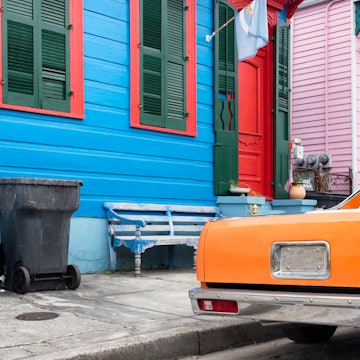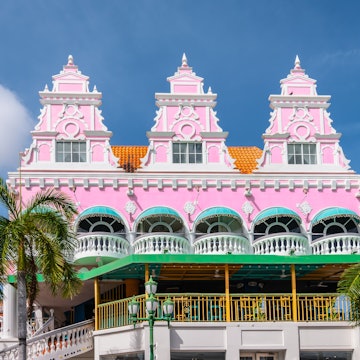
How to get your cell phone connected in Mexico: eSIMs, wi-fi and mobile networks

Jan 24, 2025 • 8 min read

Here's how to keep your cell phone connected when traveling in Mexico. Marco Bottigelli/Getty Images
With pyramids, crystal-clear cenotes, bioluminescent lagoons, world-famous museums and blinding blue beaches, Mexico’s best experiences are worth writing home about. Sending those “wish you were here” messages is easier than ever if you stay plugged in, whether through wi-fi, a local SIM or an eSIM.
A WhatsApp message to your Airbnb host, hailing a ride to an offbeat cantina or calling for help when your rental car breaks down – it’s all easier when you’re continuously connected. As you travel through the 32 states, there will be a dozen things you’ll want to Google, like the difference between a tasty torta (sandwich) and a gordita (filled corn tortilla pocket), the best beach entry points in Tulum or how to navigate any of the maze-like mercados (markets). You’ll be glad to have your smartphone as a lifeline to buy ADO bus tickets online upon arrival at Cancun International Airport (CUN) to bypass the sometimes long lines there, or to check your banking app before withdrawing cash from the ATM.
Here’s everything you need to know about getting your cell phone connected in Mexico.
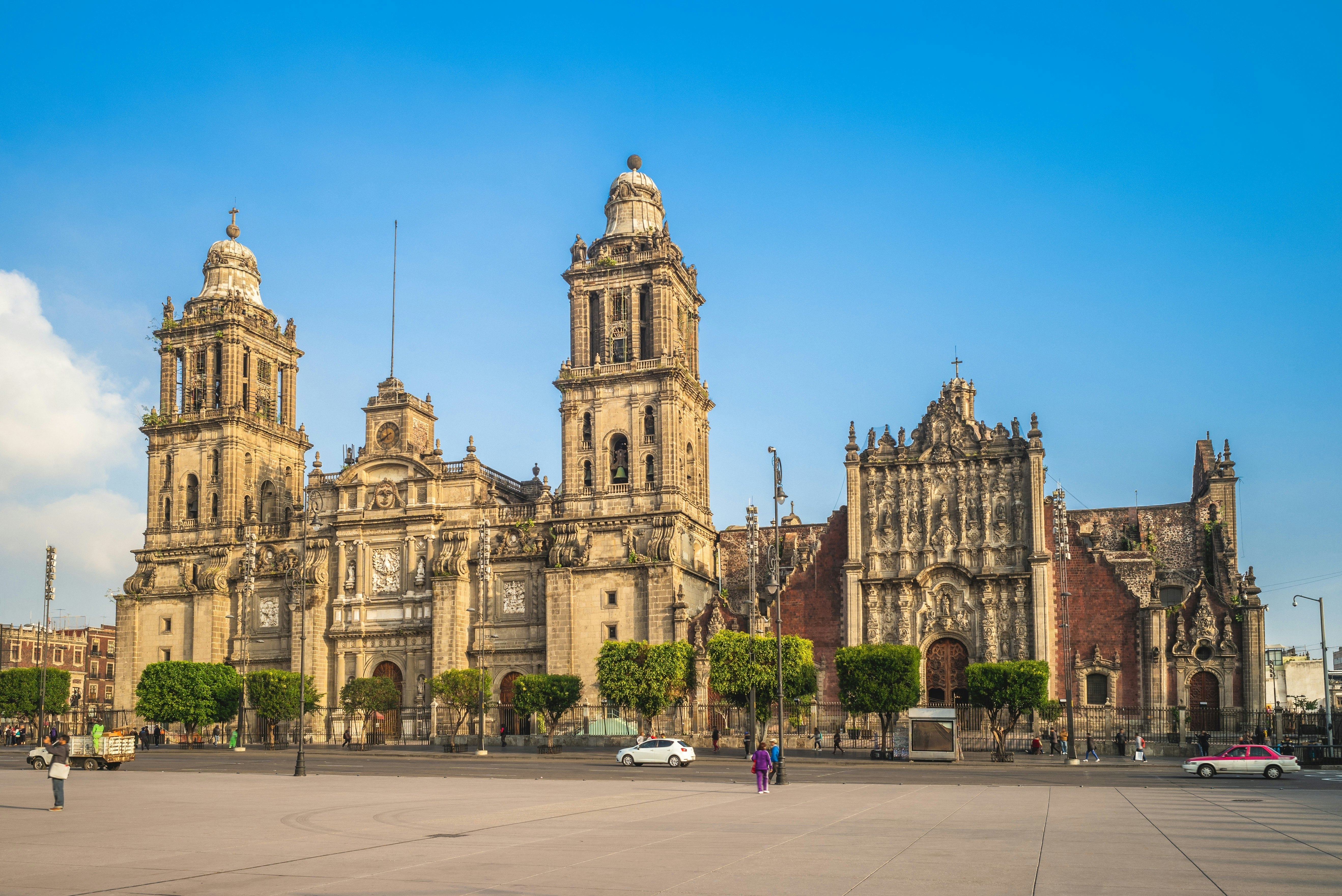
Will my phone work in Mexico?
Most phones will work in Mexico, but not all plans are created equal. If you’re visiting from the US or Canada, chances are your mobile provider offers international roaming options but beware of the fine print.
Roaming charges can pile up quickly, which might be fine for a quick trip, but if you’re in Mexico for more than a weekend or plan to use data heavily (browsing, Spotify, checking directions, streaming a few episodes of something, etc) you’re better off getting a local SIM or an eSIM. That way you don’t have to keep an eye on your data like a hawk and you can put any savings towards tantalizing street food, tours or anything else your heart desires on the ground.
Make sure that your phone is not locked to your home carrier. If your phone is unlocked, you’re golden. Grab a local SIM (called a “chip” in Mexico) or order an eSIM and think about your data needs before committing to a plan. A safe bet for most travelers is 1GB per day.
Mexico’s mobile coverage is solid, with 4G widespread in cities and towns and 5G available at the highly-touristed areas like Cabo San Lucas. Signal bars fade in rural pueblos (villages), mountainous regions and deep in the jungle.
What mobile networks are available in Mexico?
Mexico’s big three are Telcel, AT&T México, and Movistar. Telcel is the main provider here, dominating both the market and the more far-flung regions. It’s your best bet for good coverage if you’re heading off the beaten path, including small towns like Sayulita or remote-yet-covetable beaches in Baja California.
AT&T México and Movistar hold their own in urban hubs like Mexico City, Guadalajara and Mérida, but can falter once you hit remote areas and the countryside. Stick with Telcel if you’d rather not be stuck in the abyss somewhere with no signal and no Spanish skills.
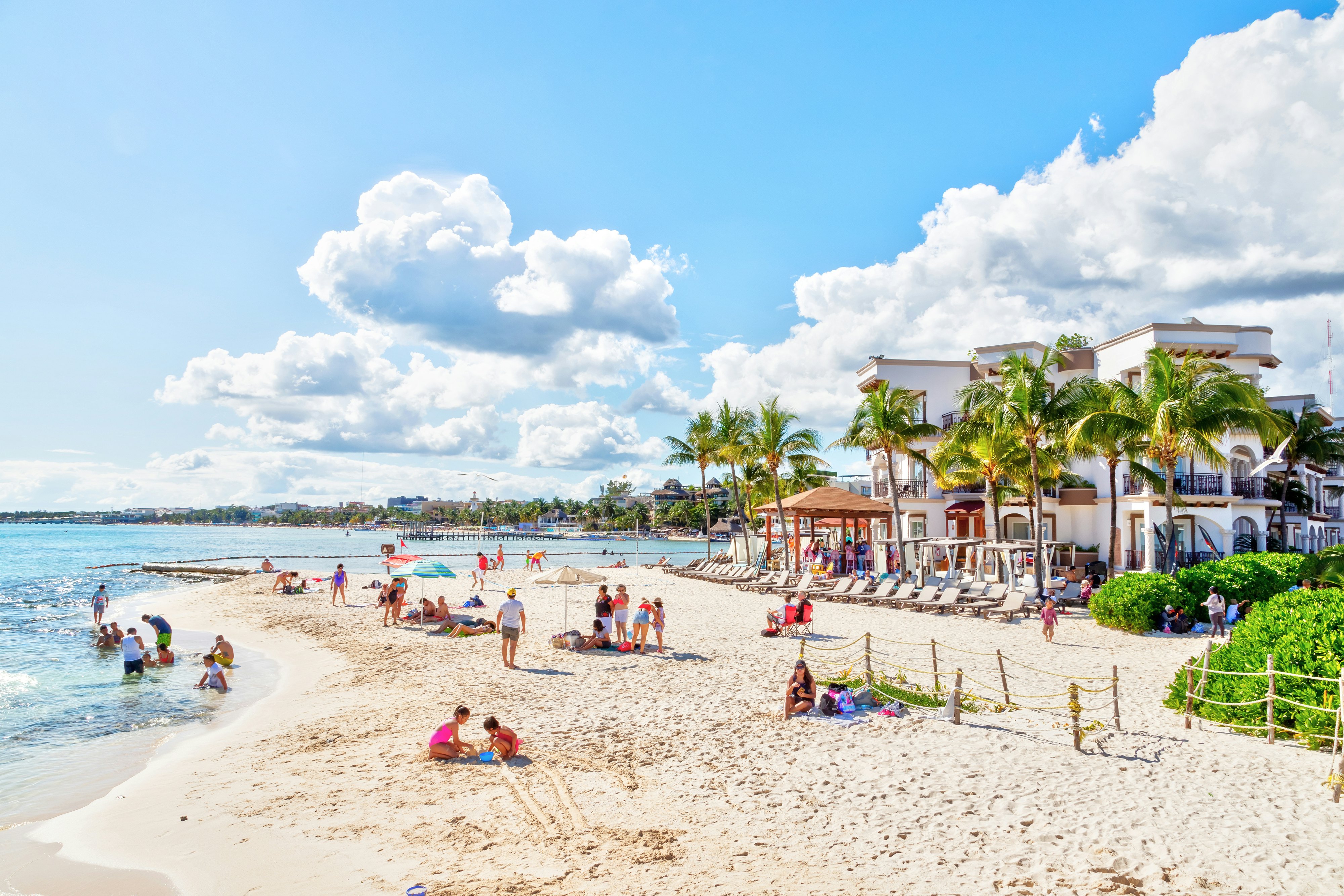
How can I get a local SIM card?
The good news is that unlike some other countries, in Mexico you do not require a passport or ID to get a SIM card. Just make sure your phone is unlocked, pop in the SIM, top it up, and you’re ready to roll.
All three providers have dedicated shops at airports, malls and city centers where you can purchase a “chip” and a data plan.
One of the most convenient places to get a SIM card in Mexico is at the OXXO stores that are ubiquitous across the country with more than 22,000 branches everywhere from cities to small towns. They stock Telcel, OXXO Cel (a Telcel subsidiary), AT&T and Movistar SIM cards. Supermarkets like Walmart, Soriana, and Chedraui also sell SIM cards and offer recharge services.
Though convenient, buying your SIM card at airport kiosks can mean inflated prices. This is certainly true in Cancún. It’s better to wait until you reach the city to buy one.
Again, remember that your phone needs to be unlocked to use a Mexican SIM, so check before you arrive. Take note of your new number printed on the SIM card packaging. You’ll need it for calls with your new amigos and for topping up later.
Is eSIM available in Mexico and how does it work?
If you hate fumbling with SIM cards, eSIMs are your salvation. Providers like Holafly, Saily and Airalo let you activate a plan online with no physical card required and you can start browsing in minutes – no muss, no fuss. Mexico eSIMs let you keep your primary number active while using a local network for data, making it easier to stay in touch with folks back home.
Most newer smartphones, including the latest iPhones and Android devices, are eSIM-compatible. Be sure to check your phone’s settings before purchasing.

Where can I find reliable wi-fi in Mexico?
Wi-fi is largely available for free in urban areas and the main plazas of cities like San Miguel de Allende and Playa del Carmen. Mexico City reportedly has over 31,000 free wi-fi hotspots. Cafes, hotel lobbies and restaurants often provide complementary wi-fi. Sometimes the passwords are plastered on a wall or sign for everyone to see; other times, you’ll need to order something to unlock the network details printed discreetly on your receipt.
Bus terminals usually have public networks but the connection can be spotty, especially during peak hours. Most major airports also offer free wi-fi though speeds can be hit-or-miss and sessions time-limited. Many long-distance and inter-city buses like ADO actually provide free wi-fi. To play it safe, download maps, playlists and entertainment before long bus rides just in case.
Cybersecurity is worth keeping in mind. Avoid logging into sensitive accounts, such as banking apps, on public wi-fi to reduce the risk of data theft.
How fast and reliable is the internet?
Speedtest ranks Mexico 78th globally for mobile speeds but signal performance depends on where you are. For example, digital nomads may find themselves battling sluggish connections in surf spots like Mazunte and Puerto Escondido. When your lodging’s network leaves you staring at the spinning wheel of doom, having mobile data to hot spot from your phone can save the day.
Note that if you’re planning to stay in an out-of-the-way accommodation, ask about connectivity beforehand. A good host should be happy to preemptively provide the screenshot of a speed test from fast.com or Speed Test. Rainstorms can also mess with the signal. This is something to consider if you’re visiting during hurricane season. Don’t count on wi-fi being available (or reliable) in rural areas.
Are there any internet restrictions or censorship laws?
Internet access in Mexico is as liberal as free samples at a tequila “museum” (read shop) in Playa del Carmen. You can browse, stream and post without worry.
If you’re concerned about privacy and don’t want your data floating around the digital ether, using a VPN is a good idea, especially on public networks.
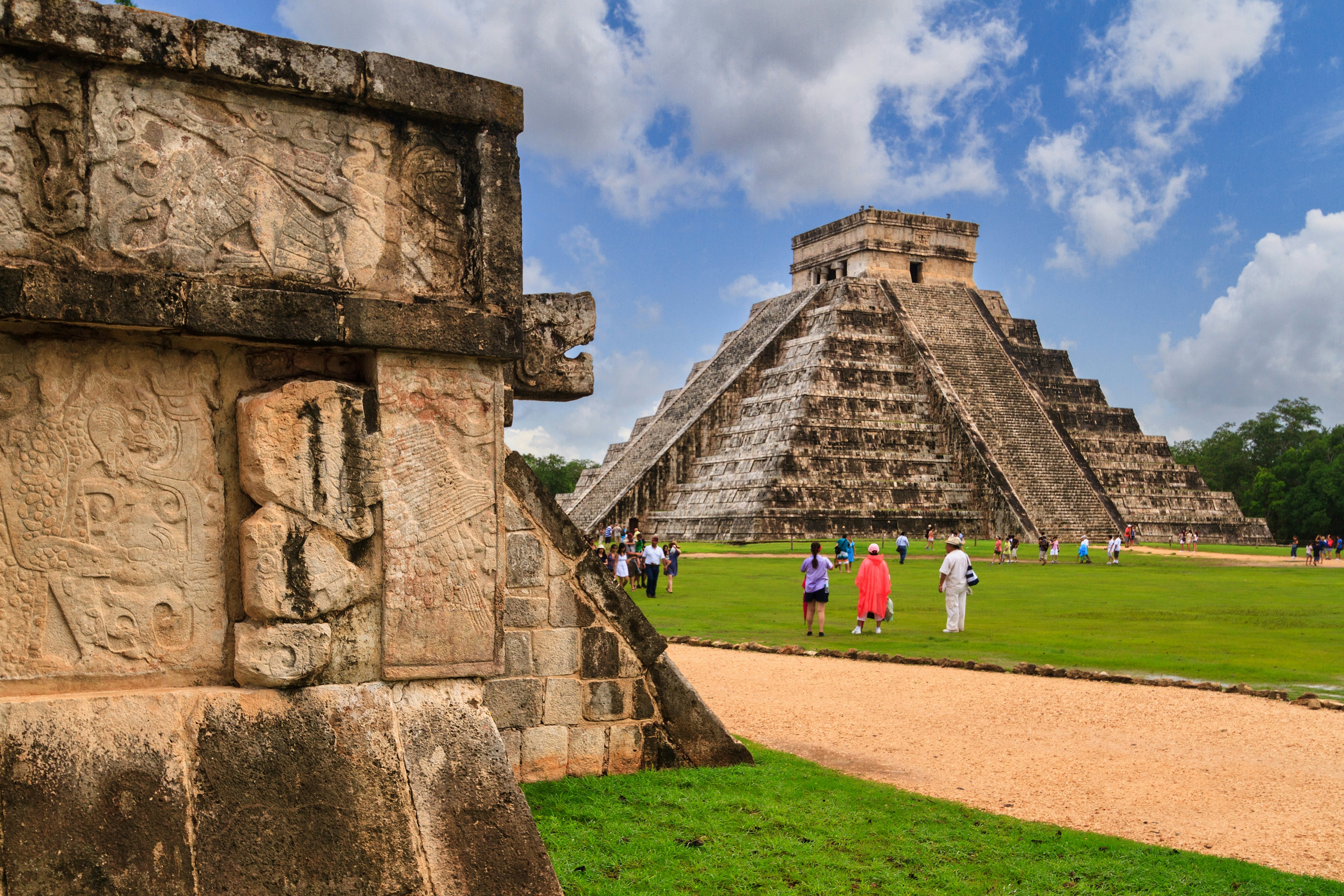
Can I stay connected at major tourist sites?
It’s best to assume there won’t be free wi-fi at tourist spots such as national marine parks and archaeological sites. Your mobile data will be your lifeline at such places.
Will I encounter language barriers when getting connected?
At destinations with plenty of international travelers like Puerto Vallarta, staff at Telcel, AT&T México and Movistar stores may speak some English. If you venture into smaller towns or untrammeled villages, learning some basic phone-based Spanish will go a long way. Memorizing the following phrases will set you in good stead:
“Recarga, por favor” – Top-up, please
“¿Cuánto cuesta el chip?” – How much is the SIM card?
“¿Tienes un chip de Telcel?” – Do you have a Telcel SIM card?.
If you are topping up your data plan online, you can translate your entire web page into English using Google Chrome.
How much does it cost to stay connected in Mexico?
Telcel’s Amigos Sin Límite is the name to know when buying a local data plan. Plans start at M$150 (US$7.28) for 3GB lasting 25 days and go up to 12GB for M$500 (around US$24.26) for 30 days with unlimited WhatsApp and social media use.
Data reloads are available at convenience stores (like OXXO and 7-Eleven), larger supermarkets and online. When recharging online on the network’s official site, be mindful that foreigners may have problems with their international bank cards particularly if the billing address postcode has letters (i.e., it is not entirely numerical).
eSIMs might run you a little more than a local SIM but are worth it for the convenience of topping up without ever going into a store or switching between plastic cards.

What local tech customs or etiquette should I be aware of?
Mexico uses Type A and Type B power outlets with a standard voltage of 127V and a frequency of 60Hz. North American visitors won’t need an adapter but Europeans and other travelers should pack one.
Phone etiquette in Mexico is casual. Locals don’t shy away from taking calls in restaurants or on public transport and people openly leaving extended voice notes is a common sighting. Busy beaches may have rows of sunseekers playing different types of loud music on speakers.
How do I contact emergency services if needed?
Dial 911 for help and have Google Translate ready if you don’t speak Spanish. The app lets you download languages for offline use.
In Mexico City, the tourist assistance hotline number is 555-286-70-97 or 555-286-90-77.












